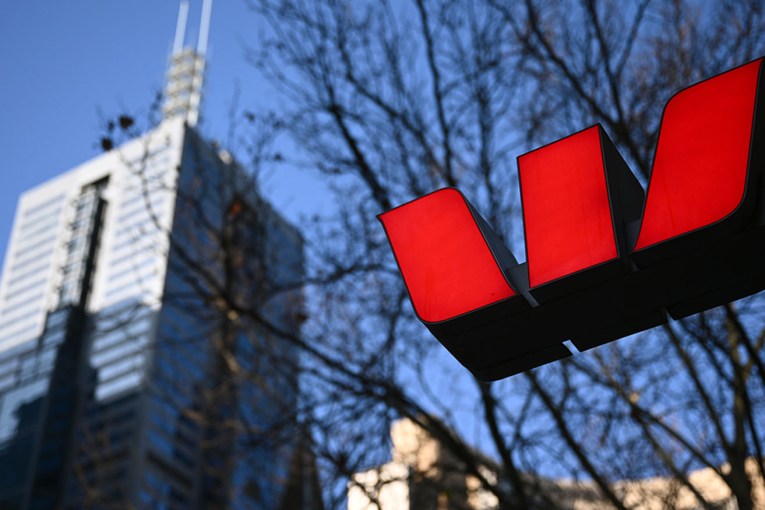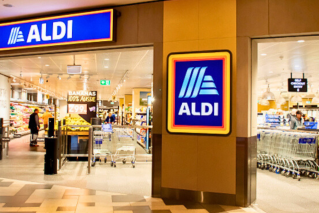Small business employment turning positive as revenues falter


Small businesses are beginning to rehire staff, but weak revenues will pose an ongoing challenge. Photo: Getty
Green shoots are beginning to show in Australia’s small business sector as employers begin putting on more staff.
But with revenues down and actual employment figures below pre-crisis levels, industry insiders caution the sector still faces significant challenges.
Between mid-May and the end of June, employment within Australia’s small business sector grew 6 per cent, new figures from accounting software firm Xero show.
The easing of coronavirus restrictions across most Australian states helped firms begin rehiring, after total employment in the sector dropped 12.1 per cent below pre-pandemic levels at the height of the crisis.
Trent Innes, Xero’s managing director for Australia and Asia, said it was “encouraging to see small businesses continuing to rehire” through June.
But he warned these numbers don’t reflect the second six-week lockdown in Melbourne and nearby Mitchell Shire, which commenced on July 8.
“There is still some way to go before jobs return to pre-COVID levels,” he said.
Australia did however fare better than the UK, Xero’s data revealed.
Although initial small business job losses were fewer in the UK – falling only 4 per cent between March and May – the situation there is yet to improve.
By the end of June, employment settled at 8.5 per cent below what it was before the coronavirus outbreak.
New Zealand performed better than both the UK and Australia, losing only 4.6 per cent of jobs in the initial stages of the outbreak before climbing back up to only 1 per cent below normal levels by mid-June.
However the end of government wage subsidies that same month saw employment dip again, to 3.6 per cent below its normal, pre-crisis level.
Revenue bounce-back less pronounced
Employment figures have turned upwards, but small business revenues remain weak.
At the end of June, revenues were 8 per cent lower than the same time in 2019.
That does mark an improvement on the April trough, when revenues were 10 per cent lower than they had been the previous year, but remained flat on May.
And some industries are worse off, with Xero’s data showing both hospitality and arts-related business revenues are more than 20 per cent below pre-crisis levels.
This reduced profitability and weak employment continue to weigh on small business confidence, according to NAB group chief economist Alan Oster.
NAB research showed confidence – a proxy for businesses’ expectations of future economic activity – “declined sharply” during the June quarter.
“The deterioration was broad-based across sectors, but the accommodation, cafes and takeaway sector saw a massive decline,” Mr Oster said.
“Not surprisingly it is now the weakest sector. It is also likely that these industries will see ongoing impacts, given they have the largest exposure to restriction measures.”
And while confidence also began to lift in June, the increase came off the back of record lows recorded in April.
The impact of July’s second round of Victorian lockdowns is still yet to be reflected in NAB’s data, but Mr Oster said what confidence exists in the small business sector is “likely fragile”.
“With uncertainty around both health outcomes and the economy remaining high, the [small business] sector will continue to face challenges,” he said.
“Larger firms typically have larger buffers, while [small businesses] may not.
“There is a clear need for ongoing support, which we think will continue. This will help businesses rebound as best they can as the economy gradually recovers”.









